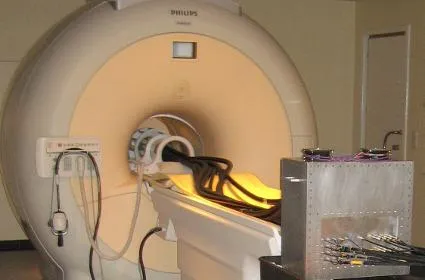
Research in PET & MR physics and methodology covers many diverse but interrelated areas from the development of new scanning hardware and reconstruction algorithms through to collaborations with clinicians and biologists using PET to investigate the brain, cardiovascular diseases and cancer.
The ability to monitor and predict response to therapy, both in the management of individual patients and in assessing new anti-cancer drugs, is now seen as one of the most promising and exciting applications of PET imaging. We are currently undertaking many interrelated projects in this area, all closely related to clinical trials involving PET that take place in the St Thomas’ PET Centre or in multi-centre trials. Current methods to extract indices of response from serial PET studies are extremely crude and we are developing image processing techniques, similar to those widely used in analysing brain PET studies, with the aim of obtaining more accurate indices of response.
The characterization of new PET tracers, for example markers of hypoxia and proliferation, provide many new methodological challenges. As part of the KCL/UCL Comprehensive Cancer Imaging Centre we have recently begun a project linking with the divisions of cancer studies and to investigate the links between imaging and molecular profiling techniques to identify whether combining these very different types of information can lead to improved prediction of outcome. The incorporation of PET information into radiotherapy planning (Lucy Pike) also promises to improve the effectiveness of radiotherapy but before this can be effectively evaluated there are many technical issues that must be solved.